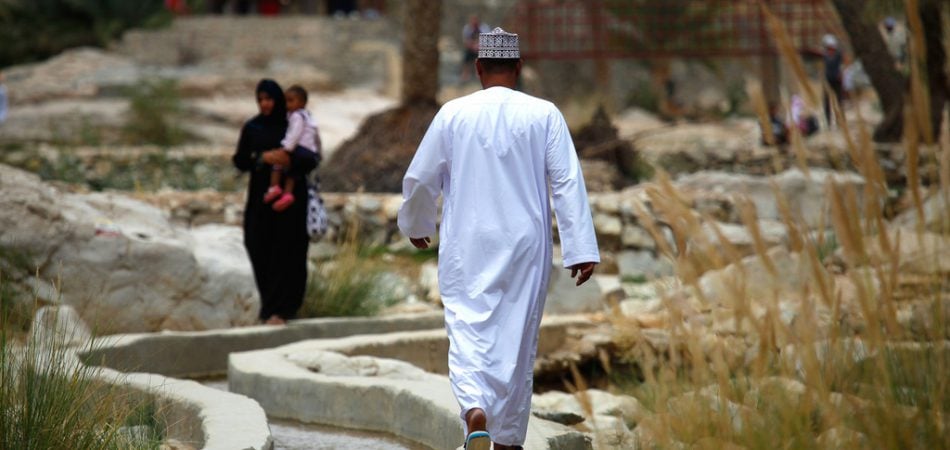
Photo 1: People walking along the Flaj in Wadi bani Khalid (Source: Rutger Geerling, Flickr).
Risk factors and problem areas
The major challenges facing Oman’s water resources will continue into the future. The lack of water and likelihood of lower rainfall will further complicate the situation. Climate change effects, which are already evident to some extent, are predicted to cause more extreme weather events, floods and extended drought. The demand for water will continue to increase as the population and living standards rise.
Oman’s water resources in 2025
According to the ‘National Water Resources Master Plan’,[1] the government’s programme of economic diversification will increase industrial water demand. While large, high-value industries are likely to be located on the coast and able to meet the costs of desalination, the current water availability will be a constraint for smaller industrial operators, especially in inland areas. Overall, the demand for water for domestic, industrial, commercial and municipal purposes will increase by more than 50% by 2025, as services are improved and extended. New sources of water will have to be found and/or other measures introduced to meet this growth. If sustainable use of the renewable water resources is to be restored and maintained, aquifers in some parts of the country will have to be allowed to recover by reducing abstraction in some critical areas, notably near the coast, to re-establish natural hydro-environmental conditions.
Outline of the long-term strategy
The ‘National Water Resources Master Plan’ also states that water is, and will remain, one of the country’s most valuable resources. It will be of vital importance in the future to:
• Preserve and build on the achievements its use has brought to Oman, maintaining and enhancing its contribution to the standard of living, quality of life and health.
• Protect and maintain investments made to date in water infrastructure.
• Maximize the potential for its future development in support of economic diversification.
• Afford maximum protection to the water-based environment.
• Provide for water security in times of drought.
• Secure the availability of water resources to meet the increasing demands and standards of a modern economy for future generations.
[1] MRMWR, 2013a. Unpublished document ‘National Water Resources Master Plan’.
